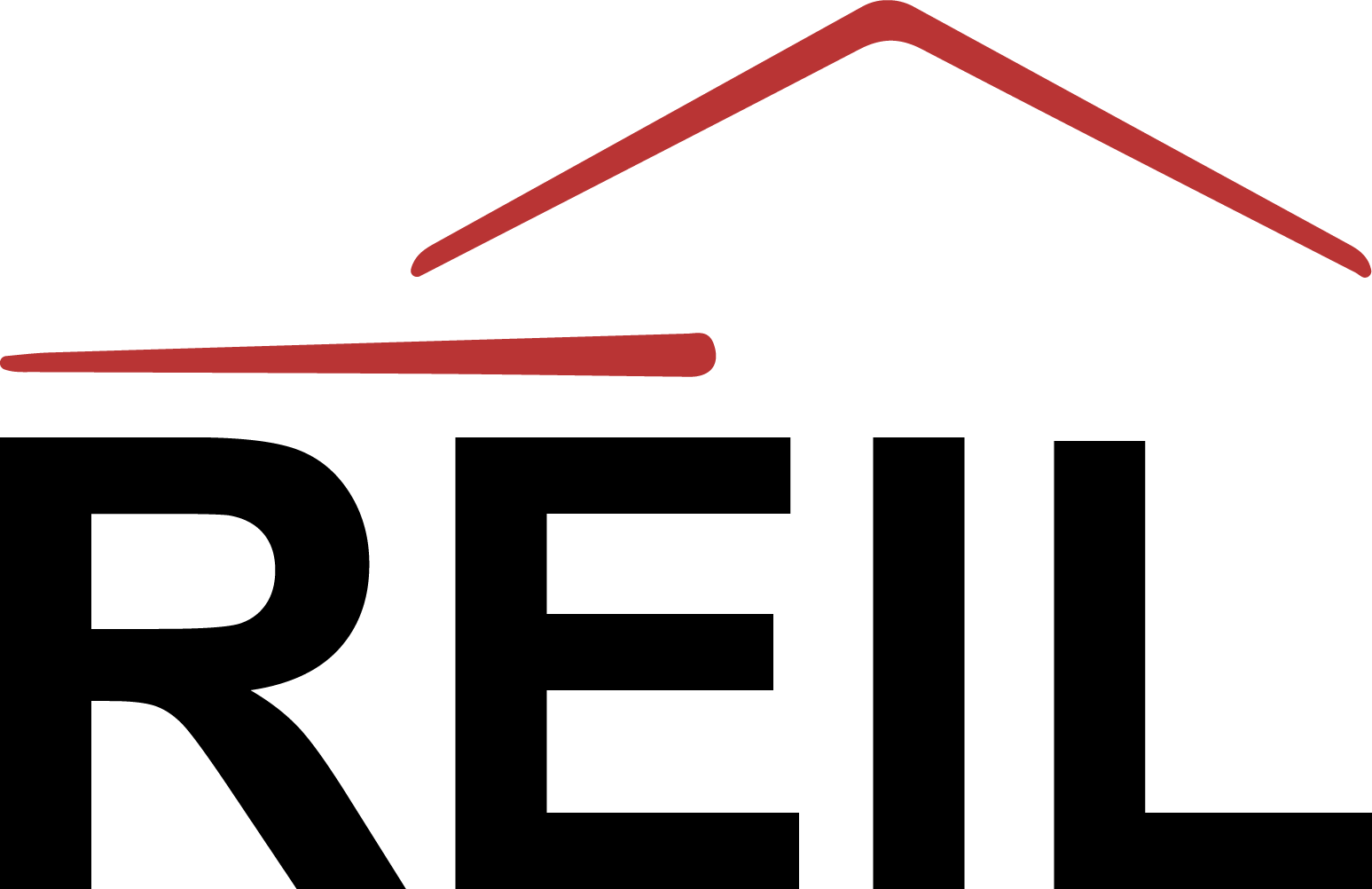
Mastering Business Finance: Fixed and Working Capital Explained
- January 15, 2023
- By Aidan Dwyer
Business finance is a very broad term, yet it is a very important one. Essentially, business finance is a blanket term that describes the ways in which money is brought in and what it is used for. Business finance is crucial to every part of any business operation. Proper money management can help to properly manage, scale, and grow your business. Business finance essentially breaks down into two components: fixed capital and working capital. Below, we will explain the difference between the two. Knowing the difference is crucial for running a successful business.
Fixed Capital
Fixed capital is the money needed to start a business’s operational activities. It’s spread out over permanent assets that are essential to the operation of the business. For example, land, buildings, machinery, and other equipment. These are considered fixed capital because they cannot be taken from the business at short notice and generally do not change form. Fixed assets can also include non-current assets such as patents, copyrights, and long-term receivables.
The amount of fixed capital required for most businesses varies based on the size and nature of the business. However, regardless of size and nature, fixed and other non-current business assets are considered part of fixed capital. Fixed capital is important for every business. Without it, the business would not be able to operate from the start nor be able to expand the business once it is established.
Working Capital
Working capital is the difference between current assets and current liabilities on a balance sheet. Current assets are assets that your company owns that can be easily liquidized into cash. This includes balances, bills receivable, and short-term investments. On the other hand, current liabilities are debts that you owe that you need to pay within a year. This could be things such as bills payable, short-term loans, and dividends payable.
When your current assets outweigh your current liabilities, your business has working capital and is operating positively. When the value of your business’s current liabilities is greater than the value of its current assets, your business is operating at a deficit. In this case, many businesses will look to gain additional working capital through outside funding. Working capital is essential for any business to meet its obligations. Your networking capital is the money on hand that your business has readily available to meet expenses.
REIL’s Solution
There are many reasons why your business might need additional working capital. You may need to prepare your business before a busy holiday or season by using that extra money to buy inventory. Some businesses use it to help pay off prior monetary obligations to suppliers and employees to help your business begin to operate with organic working capital. You can even use it to take advantage of supplier discounts when they come around. Regardless of your need for working capital, choosing the right form of financing for your business needs is crucial.
Here at REIL Capital, we specialize in finding the right working capital plan that is appropriate for your financial needs. We are small business owners, and just like you, we understand the struggles of business financial planning. If you would like to find out more about how we can help you fill your working capital needs, fill out our commitment-free application today and one of our financing specialists will help guide your business with a free consultation.





